I am using Dialogflow Inline Editor for some of my agent intents. There are only two files right there (package.json & index.js). If I want to add a response to a new intent, I just write a function with a response string and match this function with an intent name. Pretty simple.
Now, I want to switch from Inline Editor to my own Webhook. I know I have to run something like Express server on my local machine. However, is this a matter of just copying and pasting the content of these two files into my own two files? Or do I need to do something else to make it work.
Moreover, If I do have some complex fulfillment functions within my Inline Editor (interacting with Google Calendar API), how do I pass credentials if I just copy and paste existing code to a local file?

